Home>Articles>What Is The Difference Between Patio And Balcony
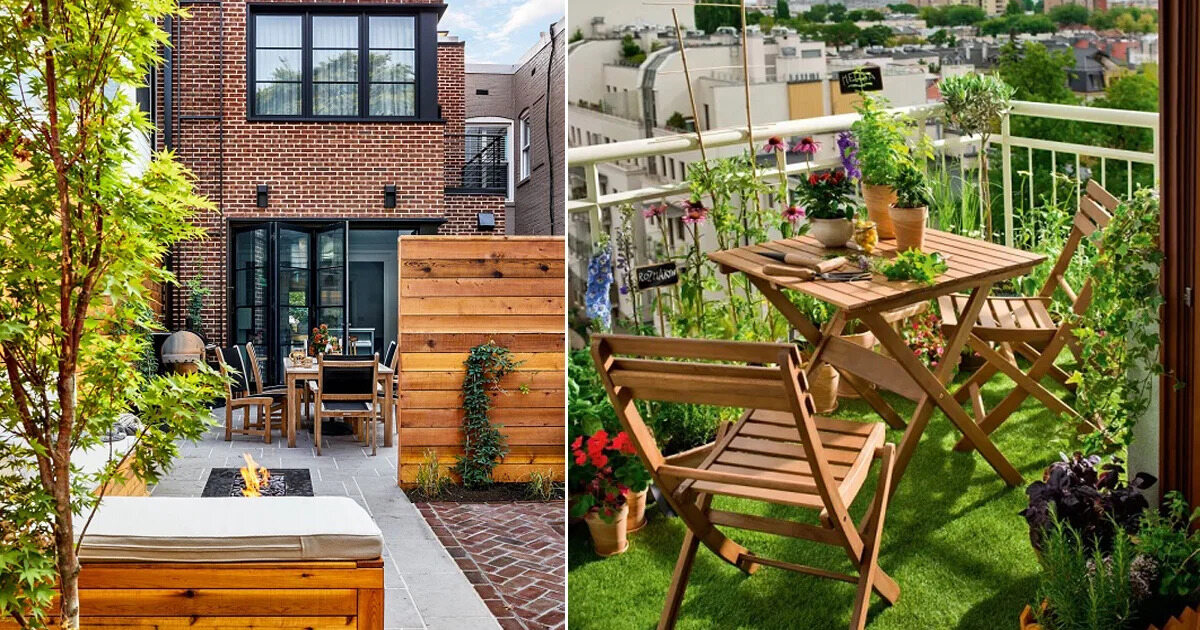

Articles
What Is The Difference Between Patio And Balcony
Modified: February 24, 2024
Discover the key distinctions between a patio and a balcony in this informative articles. Explore the various design options and usage scenarios for these outdoor spaces.
(Many of the links in this article redirect to a specific reviewed product. Your purchase of these products through affiliate links helps to generate commission for Storables.com, at no extra cost. Learn more)
Introduction
When it comes to outdoor living spaces, patios and balconies are often used interchangeably, leading to confusion about their differences. Understanding the distinctions between these two structures can help homeowners make informed decisions when it comes to designing, decorating, and utilizing these spaces. From their location and access to their construction and design, there are several factors that differentiate patios and balconies.
In this article, we will explore the key differences between patios and balconies. We will delve into their definitions, discuss their location and access, examine their construction and design, explore their sizes and structures, consider aspects of privacy and use, delve into furniture and decoration options, discuss maintenance and upkeep, and touch on the costs and budgeting associated with these outdoor spaces. By the end, you will have a comprehensive understanding of the distinctions between patios and balconies and be able to make informed decisions about these areas of your home.
Key Takeaways:
- Patios offer versatile, ground-level outdoor spaces for relaxation and entertainment, seamlessly integrating with the main living area. Customizable designs and material choices make them an integral part of the overall outdoor living experience.
- Balconies provide elevated, private retreats with stunning views, offering unique opportunities for relaxation and reflection. Careful construction, maintenance, and budgeting are essential for creating and enjoying these outdoor extensions.
Definition of a Patio
A patio is an outdoor space that is typically connected to the main structure of a house or building. It is an extension of the living area and provides a space for relaxation, dining, and socializing. Patios are often located at ground level or slightly elevated and are constructed with materials such as concrete, stone, brick, or decking. They can be covered or uncovered depending on the homeowner’s preferences and climate.
Patios are designed to be versatile and can accommodate various activities. They are frequently used for hosting barbecues, parties, or family gatherings. Since patios are connected to the main living area, they offer easy access to amenities such as kitchens, bathrooms, and indoor entertainment areas.
One of the defining features of a patio is its flexibility. The layout and design of a patio can be customized to suit individual preferences and needs. Homeowners have the freedom to choose the size, shape, and materials used for their patio, allowing for endless possibilities in terms of style and functionality.
Furthermore, patios can be designed to seamlessly blend with the surrounding landscape, incorporating gardens, plants, and outdoor decor. This creates a harmonious outdoor environment that enhances the overall aesthetic appeal of the property.
In summary, a patio is an outdoor extension of a house that provides a versatile space for relaxation, dining, and entertainment. It is customizable and can be designed to blend with the surrounding landscape, making it an integral part of the overall outdoor living experience.
Definition of a Balcony
A balcony is an elevated outdoor platform or extension that protrudes from the upper floors of a building. It typically has a floor and railing, providing a designated space for people to enjoy the outdoors while being above ground level. Balconies are often attached to bedrooms, living rooms, or other rooms in a multi-story building.
Unlike patios, balconies offer a higher vantage point and can provide breathtaking views of the surroundings. They are especially popular in urban areas where space is limited, as they allow residents to have access to outdoor space without compromising indoor living areas. Balconies can vary in size, ranging from small intimate spaces to larger areas suitable for seating and entertainment.
One of the key features of balconies is their elevated position, which provides a sense of privacy and solitude. They offer a secluded retreat where one can relax, read a book, or simply enjoy the peace and tranquility of their surroundings. Due to their height and railing, balconies also provide added security for those using them.
When it comes to design, balconies can be both decorative and functional. They can be adorned with plants, flowers, and other decor elements to create a visually appealing and inviting outdoor space. Balconies can also be designed with seating arrangements, allowing residents to enjoy meals or entertain guests while taking advantage of the view.
It’s important to note that balconies have weight limits and load requirements due to their elevated position. Therefore, their construction and structural integrity must be carefully considered to ensure safety and durability.
In summary, a balcony is an elevated outdoor platform attached to an upper floor of a building. It offers a higher vantage point, privacy, and the opportunity to enjoy breathtaking views. Balconies can be both decorative and functional, providing a space for relaxation, reflection, and entertainment.
Location and Access
When it comes to the location and access of patios and balconies, there are significant differences to consider. Patios are typically located at ground level or slightly elevated, directly connected to the main structure of a house or building. They are often accessed through a back door or sliding glass doors, providing seamless integration between indoor and outdoor spaces.
In contrast, balconies are situated on upper floors of buildings, offering a higher vantage point and often providing stunning views. Access to balconies is typically through a set of French doors or a sliding glass door connected to the respective room in the building. Some larger buildings may provide access to balconies through common areas such as hallways or staircases.
The location of patios and balconies also influences their level of privacy. Patios located at ground level are more exposed to the surrounding area and may have limited privacy unless measures are taken to create barriers such as fences, walls, or strategic landscaping. On the other hand, balconies, being elevated, naturally offer a higher level of privacy as they are less accessible to onlookers.
Additionally, balconies located on higher floors typically enjoy better airflow, as they are often positioned in areas with less obstruction from nearby structures or trees. This can create a more comfortable and enjoyable outdoor experience, especially during hot summer months.
Overall, the location and access of patios and balconies play a significant role in their functionality and use. Patios offer convenient and direct access from the main living area, while balconies provide a unique elevated perspective and increased privacy.
Construction and Design
The construction and design of patios and balconies differ based on their location and purpose. Patios, being at ground level or slightly elevated, are generally constructed with materials such as concrete, stone, brick, or decking. The choice of materials depends on factors such as budget, aesthetic preferences, and climate conditions. Concrete patios, for example, are durable and low-maintenance, while stone or brick patios can add a touch of elegance and natural beauty to the outdoor space.
On the other hand, balconies are often made of materials that are lighter in weight but still structurally strong, such as wood or metal. The design of balconies focuses on architectural considerations and ensuring they meet safety standards. Balcony railings and guards are crucial elements of design, not only for safety but also for aesthetic purposes.
The design of both patios and balconies can vary greatly depending on individual preferences and the overall style of the home. Patios can be customized to reflect a wide range of themes, from traditional to modern or rustic. Design elements such as built-in fire pits, outdoor kitchens, seating areas, and pergolas can create a functional and visually appealing patio space.
Similarly, balconies can be designed to match the architectural style of the building. They can incorporate decorative railing designs, potted plants, and outdoor furniture to create a cozy and inviting outdoor atmosphere. Balcony design also takes into consideration the weight-bearing capacity of the structure and ensuring that the platform is safe and secure.
It’s worth noting that local building codes and regulations may dictate specific construction and design requirements for both patios and balconies. It’s essential to adhere to these guidelines to ensure the safety and compliance of the structure.
In summary, the construction and design of patios and balconies differ based on their location and purpose. Patios are typically made of materials such as concrete, stone, brick, or decking, while balconies are constructed using lighter but strong materials such as wood or metal. Both patios and balconies can be customized in terms of design and aesthetics to suit individual preferences and complement the overall style of the home.
Size and Structure
When it comes to size and structure, patios and balconies can vary significantly based on the available space, architectural design, and intended use.
Patios, being located at ground level or slightly elevated, offer more flexibility in terms of size. They can range from small, cozy areas just enough for a couple of chairs and a table, to expansive outdoor living spaces that can accommodate multiple seating areas, a dining area, and even outdoor kitchens or fire pits. The size of a patio is often determined by the available outdoor space, budget, and personal preferences.
Balconies, on the other hand, tend to be more limited in size due to their elevated nature. They are often narrower than patios but can still provide enough space for individuals or small groups to enjoy the outdoors comfortably. The structure and layout of a balcony are designed to maximize the available space and provide the desired functionality. The size of a balcony can vary depending on the size of the room it is connected to and the overall design of the building.
It’s important to consider the weight-bearing capacity of both patios and balconies to ensure their structural integrity. Structural engineers or professionals should be consulted to determine the load-bearing capacity of the structure and to ensure that any modifications or additions to the patio or balcony are done safely and in compliance with building codes.
In terms of the underlying structure, patios are often built directly on the ground or a compacted gravel or sand base. This provides a stable foundation for the patio materials, such as concrete or pavers, to be installed. Balconies, on the other hand, are built as extensions of the building structure and typically have a reinforced concrete or steel frame to support the weight of the structure and ensure stability.
In summary, patios offer more flexibility in terms of size, ranging from small intimate spaces to larger outdoor living areas. Balconies, due to their elevated nature, tend to be more limited in size but can still provide a comfortable outdoor space. Both patios and balconies must be constructed with a focus on structural integrity and stability to ensure safety and longevity.
A patio is an outdoor space on the ground level, often connected to the back of a house, while a balcony is an elevated platform projecting from the wall of a building. Consider the location and desired use when choosing between the two.
Privacy and Use
Privacy and use are important considerations when it comes to patios and balconies. While both spaces offer opportunities for outdoor relaxation and enjoyment, there are some differences in terms of privacy and how they are utilized.
Patios, especially those located at ground level, may have less privacy compared to balconies. They are more exposed to the surrounding area, whether it’s a backyard, garden, or neighboring properties. However, privacy can be improved by incorporating elements such as fences, walls, screens, or strategic landscaping. These additions can create a sense of seclusion and make the patio feel like a private oasis.
Patios are highly versatile and can be used for various purposes. They can serve as spaces for outdoor dining, hosting gatherings, or simply relaxing with a book or a cup of coffee. The proximity to the main living area provides easy access to amenities such as kitchens, grills, and entertainment systems, making patios ideal for outdoor entertaining and socializing.
Balconies, on the other hand, typically offer more privacy due to their elevated position. Being positioned on upper floors, balconies are less accessible to people passing by and provide a more secluded outdoor experience. Residents can enjoy the view and the fresh air while enjoying a sense of privacy.
Although balconies may be smaller in size compared to patios, they can still be utilized in various ways. Balconies can serve as outdoor retreats for relaxation, meditation, or reading. They can also be transformed into mini-gardens with potted plants and flowers, creating a serene and green escape.
Furthermore, balconies can be used as additional space for indoor activities, such as setting up a small workspace, creating a mini gym area, or even extending the indoor seating area for small gatherings or get-togethers.
In summary, privacy and use differ between patios and balconies. Patios may have less inherent privacy but can be enhanced with privacy-enhancing elements. They offer versatile spaces for outdoor dining, entertaining, and relaxation. Balconies offer more privacy due to their elevated position and can be utilized for various purposes, from personal retreats to extending indoor living spaces.
Furniture and Decoration
Choosing the right furniture and decorations is essential for creating an inviting and functional outdoor space on both patios and balconies. The furniture and decor elements selected can significantly enhance the aesthetics and overall ambiance of these areas.
When it comes to patios, there is a wide range of furniture options available. The choice of furniture depends on the size of the patio, personal style preferences, and desired functionality. Outdoor dining sets with tables and chairs are popular choices for patios, allowing for enjoyable meals and gatherings with family and friends. Lounge chairs, sofas, and loveseats are also commonly used to create comfortable seating areas for relaxation and socializing. Adding cushions and throw pillows can enhance both comfort and style.
Additionally, patios can be decorated with plants, flowers, and outdoor artwork to add color, beauty, and personality. Hanging plants, potted plants, and vertical gardens are popular choices for adding greenery to the patio space. Outdoor rugs, lanterns, string lights, and decorative accessories such as wall art or statues can further enhance the visual appeal of the patio.
Similarly, balconies can be furnished with appropriate seating options to maximize comfort and space utilization. Compact bistro sets, foldable chairs, or small benches are commonly used for balconies with limited space. Balcony railings can also be utilized to hang planters or install railing tables, providing functionality without occupying floor space. Just like patios, balconies can be adorned with plants, flowers, and outdoor decor to create a pleasant and inviting atmosphere.
Consideration must be given to the materials used for outdoor furniture and decor to ensure durability and resistance to weather elements. Materials like teak, wrought iron, aluminum, and weather-resistant fabrics are popular choices for outdoor furniture as they can withstand exposure to sun, rain, and wind without significant damage.
In summary, the furniture and decoration choices for both patios and balconies should match the available space, functional needs, and personal style preferences. Patios offer more flexibility in terms of furniture selection, allowing for larger dining sets or lounge areas. Balconies, with their limited space, can utilize compact furniture options and creative use of railing space. Both patios and balconies can be decorated with plants, flowers, and outdoor accessories to enhance the visual appeal and create a welcoming outdoor environment.
Maintenance and Upkeep
Maintenance and upkeep are important aspects to consider when it comes to both patios and balconies. Proper care and attention will ensure that these outdoor spaces remain functional, safe, and visually appealing for years to come.
For patios, regular maintenance tasks may include cleaning the surface, removing debris, and checking for any damage or wear. The frequency of cleaning will depend on factors such as the material used for the patio (concrete, stone, etc.), the level of foot traffic, and the climate of the area. Regular sweeping or leaf-blowing can help keep the patio free from leaves, dirt, and other debris. Periodic washing with mild soapy water or a pressure washer can help remove stains or grime. It’s important to follow the manufacturer’s guidelines for specific cleaning instructions based on the patio material.
Additionally, patios may require occasional resealing or refinishing to protect the surface from weather elements and maintain its appearance. This is especially true for materials like concrete or natural stone. Repairing any cracks or damage promptly is also crucial to prevent further deterioration of the patio structure.
When it comes to balconies, maintenance tasks may involve checking the structural integrity of the balcony, including the railing, guards, and flooring. Regular inspections should be conducted to ensure that there are no signs of deterioration, corrosion, or loose bolts. Any repairs or maintenance needed for the balcony should be addressed promptly to ensure safety.
Balcony floors, especially those made of wood or composite materials, may need occasional cleaning and refinishing to protect against weather exposure and prolong their lifespan. Balcony railings should also be regularly cleaned and checked for stability and structural integrity.
In general, both patios and balconies can benefit from routine maintenance practices such as maintaining proper drainage to prevent water accumulation, trimming nearby plantings to avoid overgrowth, and treating or preventing pest infestations. Regularly inspecting furniture, cushions, and other accessories for wear and tear and addressing any issues promptly will also contribute to the longevity and appeal of the outdoor spaces.
In summary, regular maintenance and upkeep of patios and balconies are essential to preserve their functionality, safety, and aesthetics. Cleaning, repairing, and refinishing are common tasks for both spaces, with specific considerations based on the materials used. Periodic inspections and preventative measures will help ensure the longevity and enjoyment of these outdoor areas.
Costs and Budgeting
When planning for patios and balconies, it is essential to consider the costs associated with their construction, design, and maintenance. By understanding these costs and creating a budget, homeowners can make informed decisions and ensure that their outdoor spaces align with their financial resources.
The costs of building a patio can vary depending on several factors, including the size, materials used, and the complexity of the design. Concrete patios are generally more affordable, while options like stone or brick may incur higher material and labor costs. Other considerations that can impact the budget include any additional features such as fire pits, outdoor kitchens, or pergolas.
Balconies, being more structurally complex, often require a higher budget than patios. Construction costs may involve materials, labor, and engineering services to ensure safety and structural integrity. Factors such as the size, location, and accessibility of the balcony can influence the overall budget. It’s important to consult with professionals to determine accurate cost estimates based on the specific requirements of the project.
Aside from construction costs, ongoing maintenance of patios and balconies should also be factored into the budget. This can involve regular cleaning, sealing, and repairs. Additionally, the cost of furniture, decorations, and landscaping elements such as plants and outdoor lighting should be considered. It’s important to assess the quality and durability of these items to ensure they can withstand outdoor conditions and minimize the need for replacements over time.
When budgeting for patios and balconies, it’s recommended to obtain multiple quotes from contractors and suppliers to compare costs and evaluate the best options within your budget. It’s also advisable to account for unforeseen expenses and allocate a contingency amount to address any potential changes or modifications during the construction or design process.
Lastly, homeowners should also consider long-term costs such as energy usage. For example, if the patio or balcony area requires additional lighting or heating elements, it’s important to factor in the associated electricity costs when creating a budget.
In summary, costs associated with patios and balconies can vary depending on factors such as materials, size, design complexity, and ongoing maintenance. By carefully assessing these costs and creating a realistic budget, homeowners can ensure that their outdoor spaces are not only beautiful but also economically feasible.
Conclusion
In conclusion, patios and balconies are both valuable outdoor living spaces that offer various benefits and enhance the overall appeal of a home. Understanding the differences between these two structures is crucial in making informed decisions when it comes to design, functionality, and utilization of these spaces.
Patios, located at ground level or slightly elevated, provide easy accessibility from the main living area and offer versatile options for relaxation, dining, and entertaining. With customizable designs and a range of material choices, patios can be tailored to suit individual preferences and blend seamlessly with the surrounding landscape.
Balconies, on the other hand, are elevated outdoor extensions that provide a unique viewpoint and increased privacy. They offer a secluded retreat for tranquility and can serve various purposes such as creating a personal space, expanding indoor living areas, or simply enjoying panoramic views.
When it comes to maintenance and upkeep, both patios and balconies require regular care to ensure their longevity, safety, and aesthetic appeal. Cleaning, inspecting for damage, and addressing repairs promptly are essential practices for maintaining these outdoor spaces.
Costs and budgeting considerations play a significant role in the planning and construction of patios and balconies. Material choices, size, complexity of design, ongoing maintenance, and additional features should all be taken into account when creating a budget to ensure that the chosen outdoor space aligns with available financial resources.
Ultimately, whether you opt for a patio or a balcony, both can provide an enjoyable and functional outdoor experience. By carefully considering your needs, preferences, and budget, you can create an outdoor space that reflects your personal style, complements your home, and adds value to your lifestyle.
In summary, patios and balconies offer unique opportunities for outdoor living, each with its own distinct characteristics and advantages. By understanding the differences between the two and considering factors such as location, construction, size, privacy, furniture, maintenance, and costs, homeowners can make informed decisions to create remarkable outdoor spaces and elevate their overall quality of life.
Frequently Asked Questions about What Is The Difference Between Patio And Balcony
Was this page helpful?
At Storables.com, we guarantee accurate and reliable information. Our content, validated by Expert Board Contributors, is crafted following stringent Editorial Policies. We're committed to providing you with well-researched, expert-backed insights for all your informational needs.
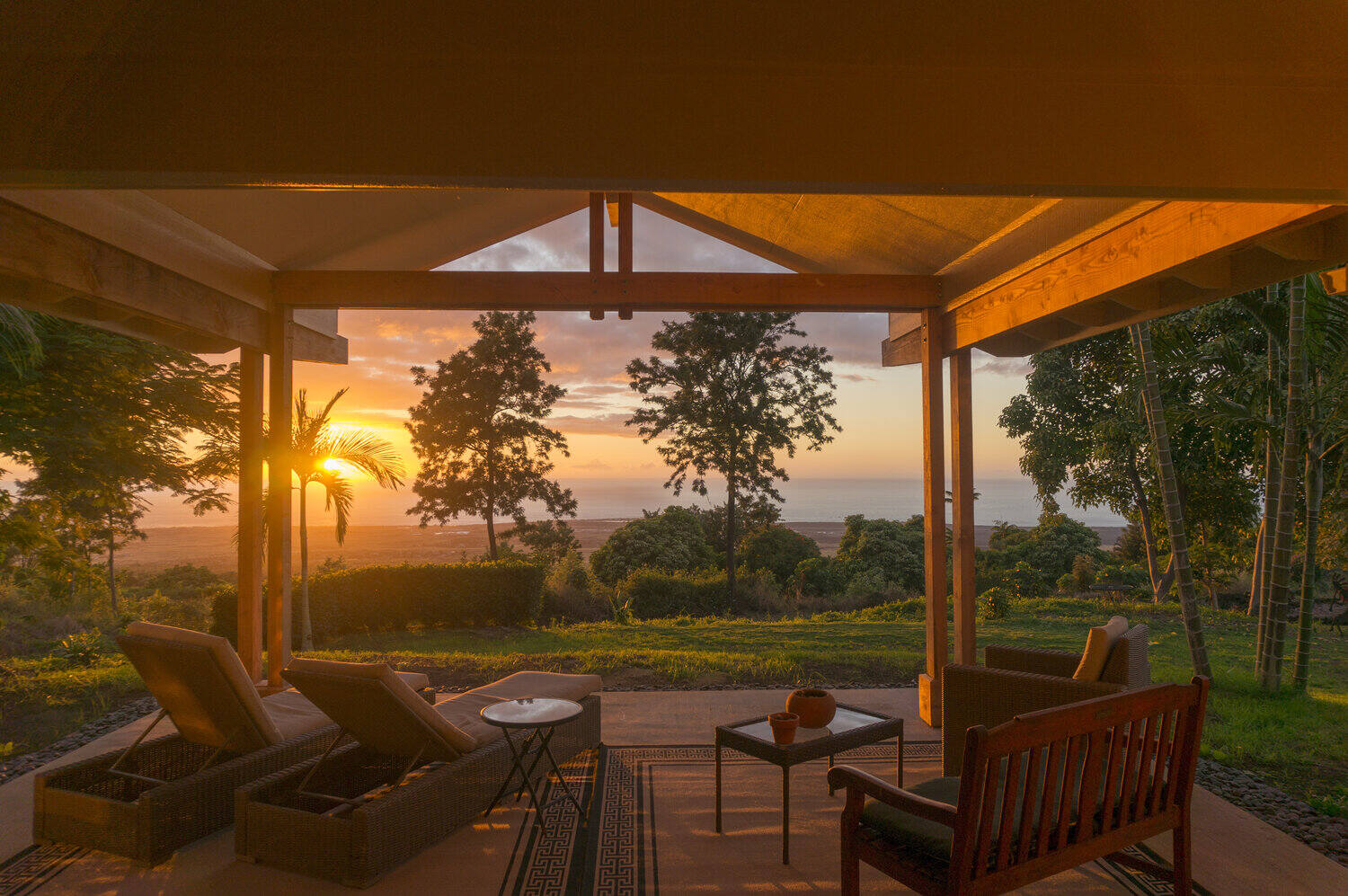
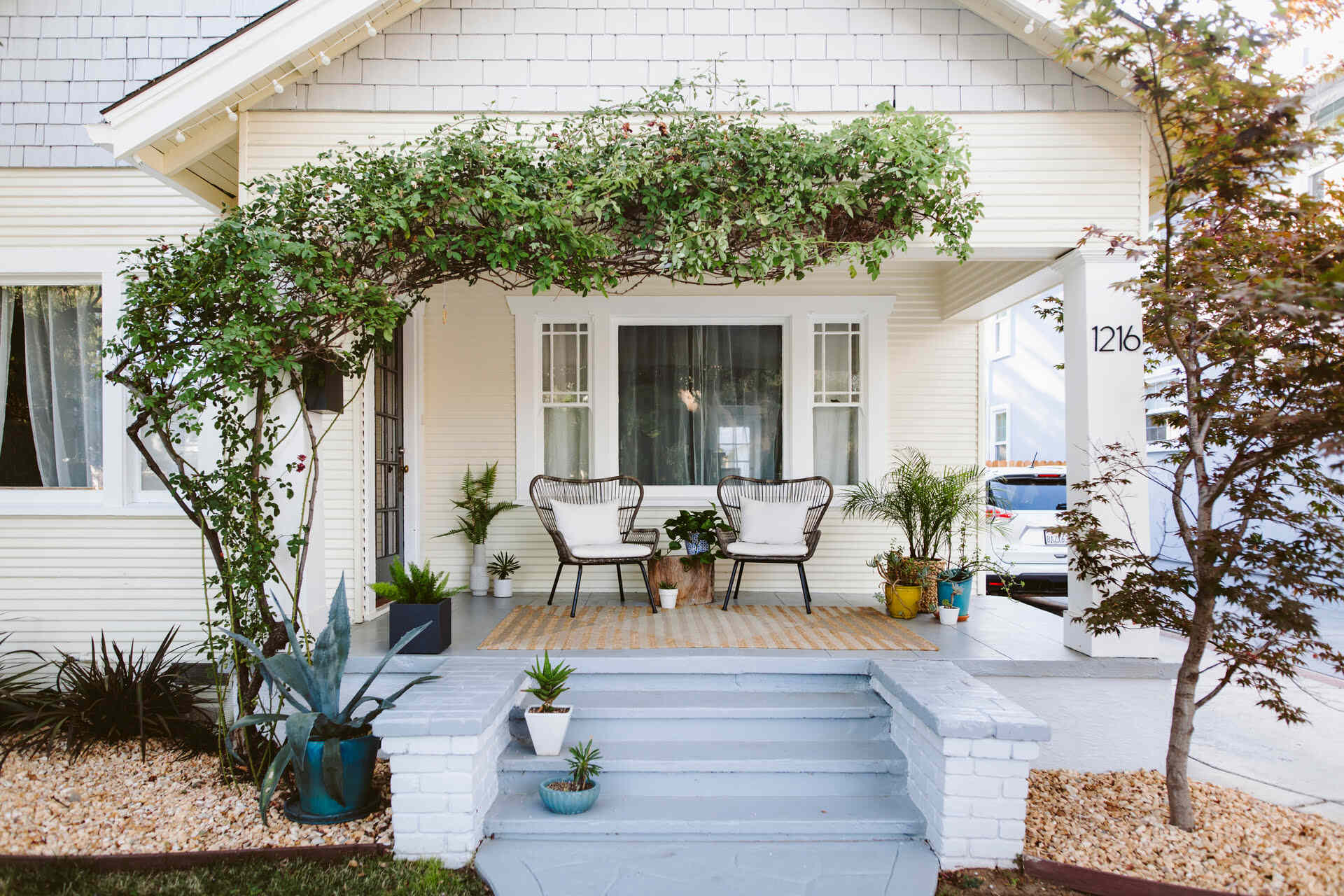
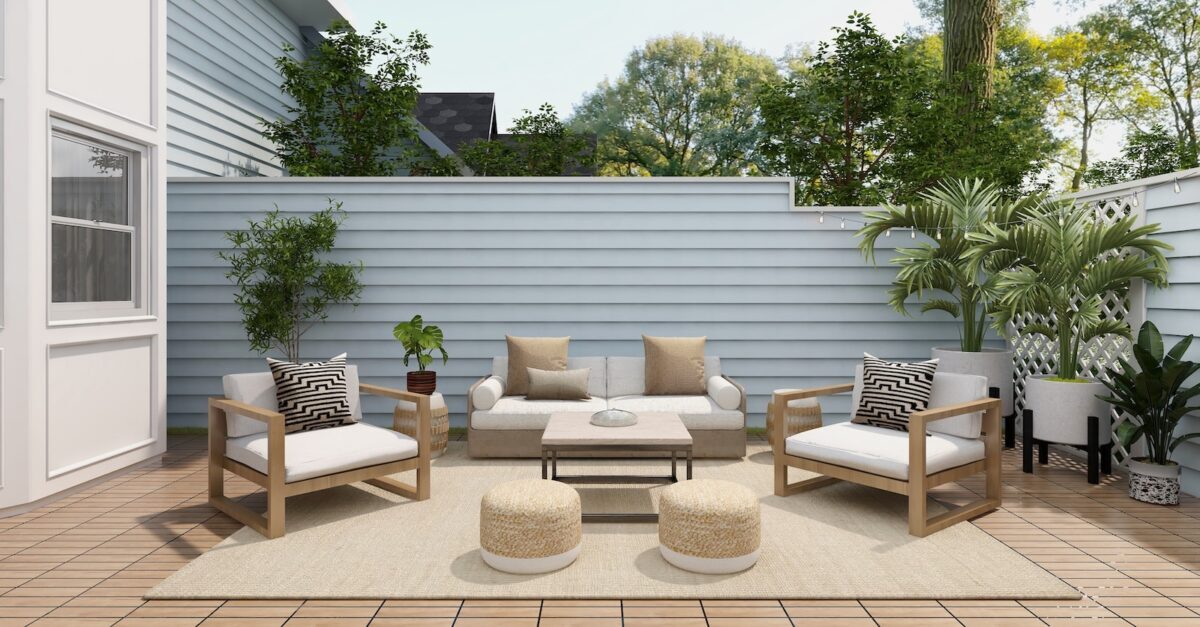
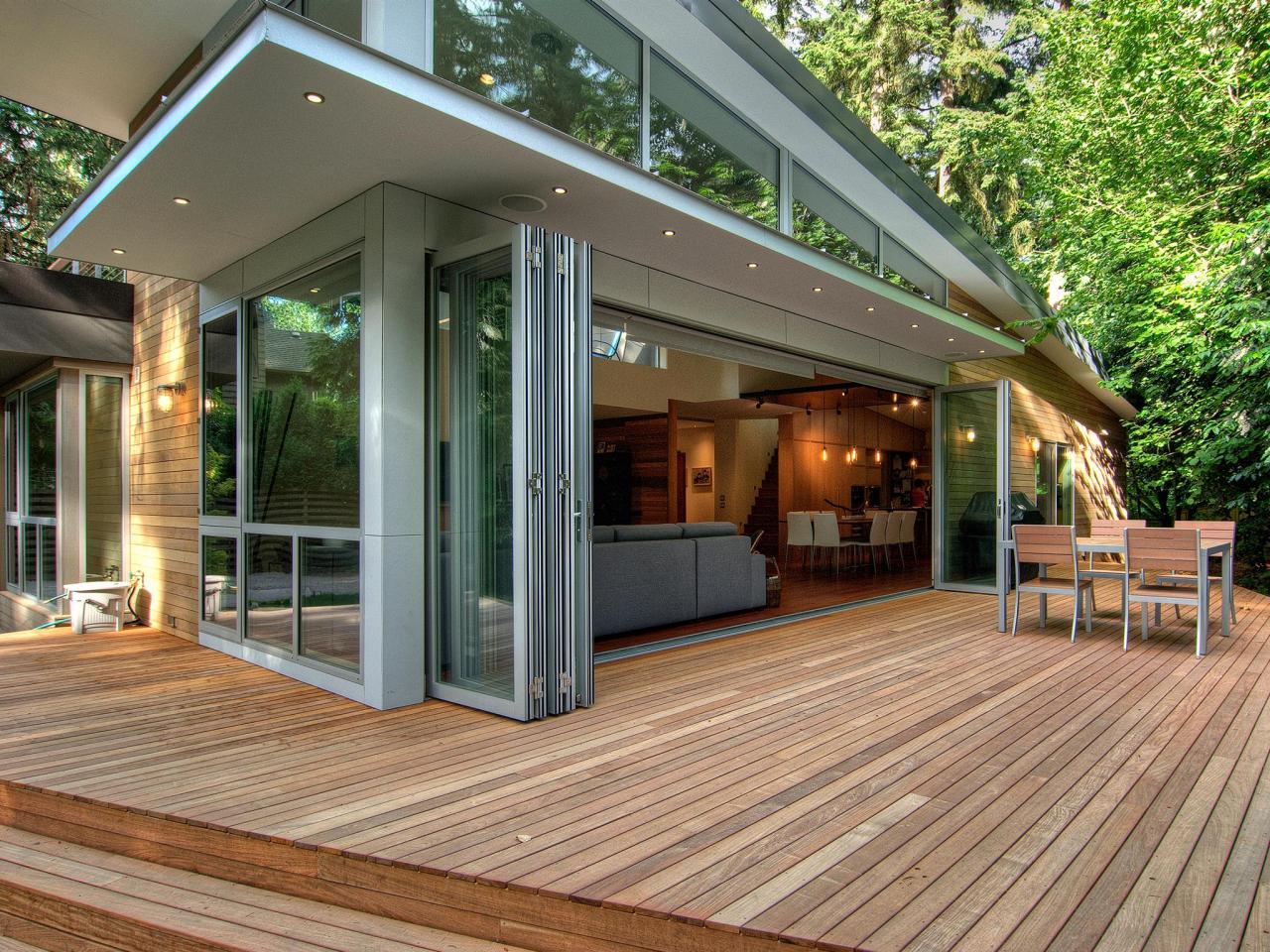
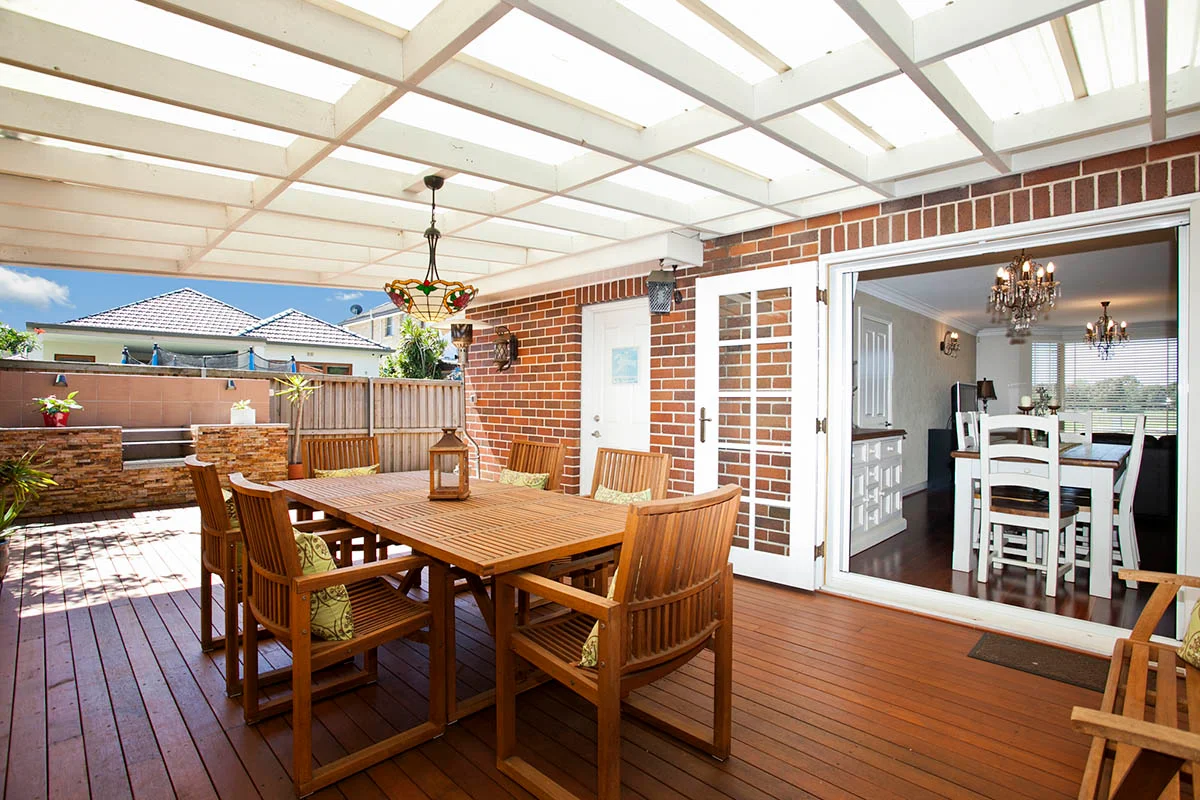
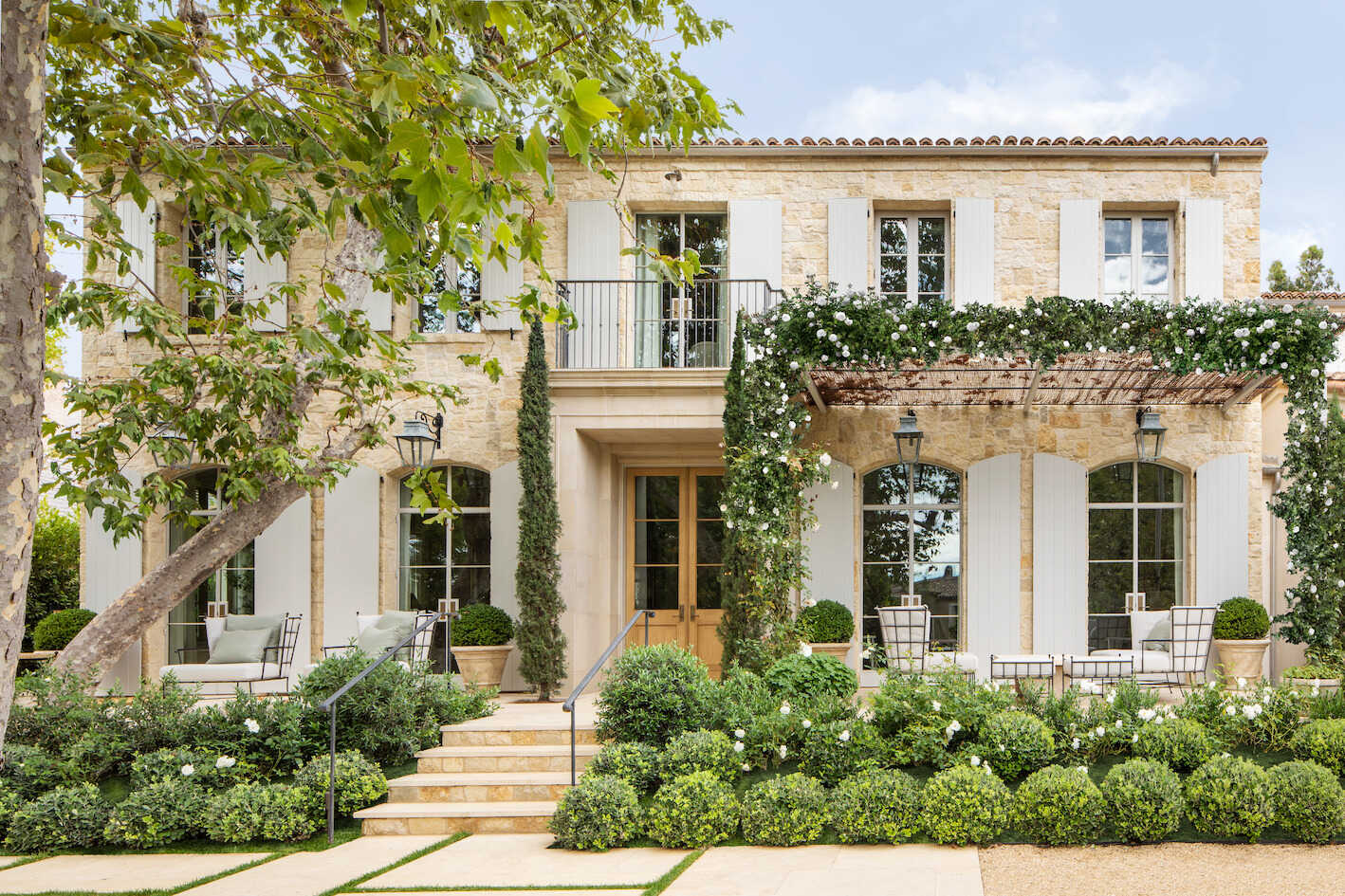
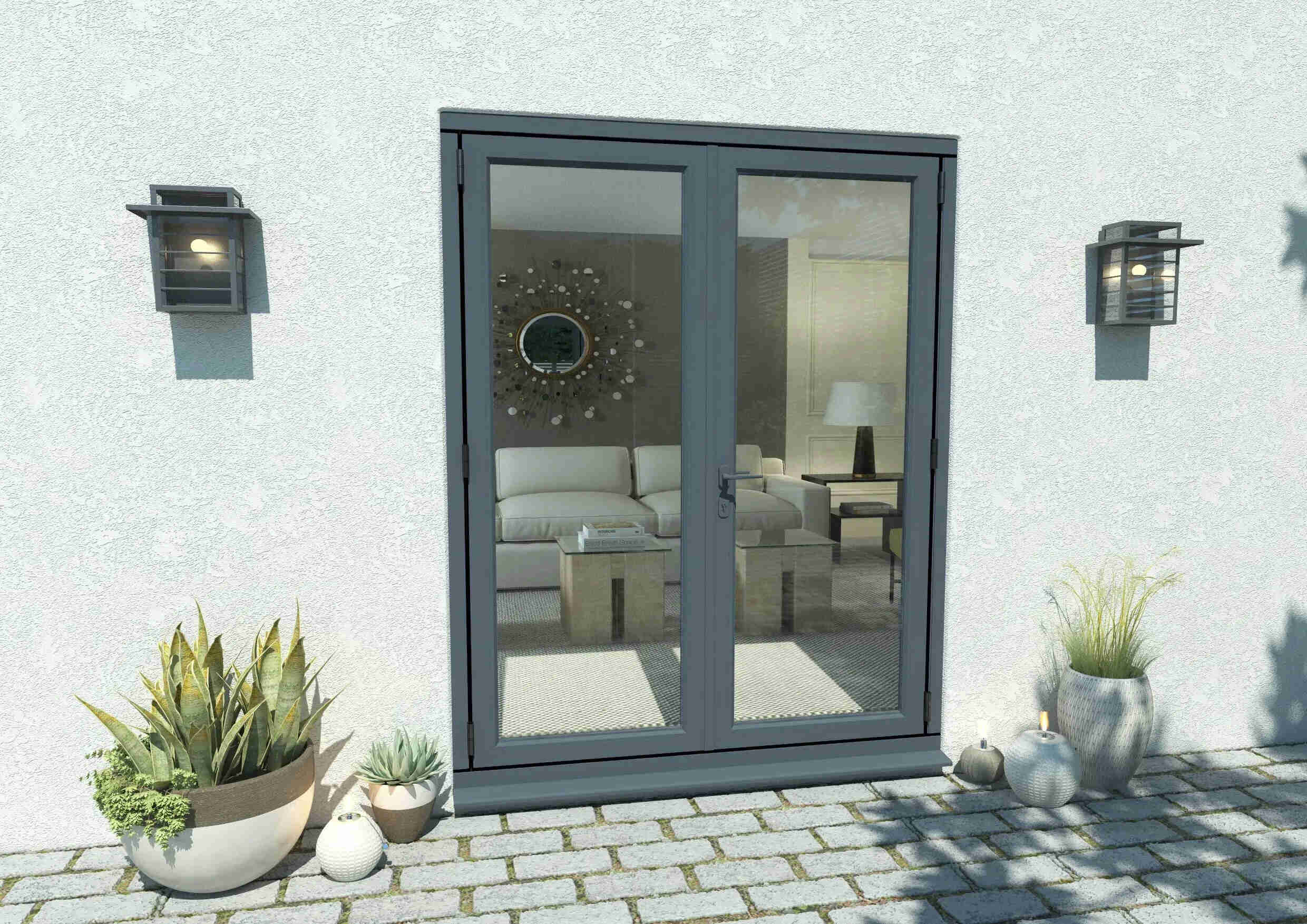







0 thoughts on “What Is The Difference Between Patio And Balcony”